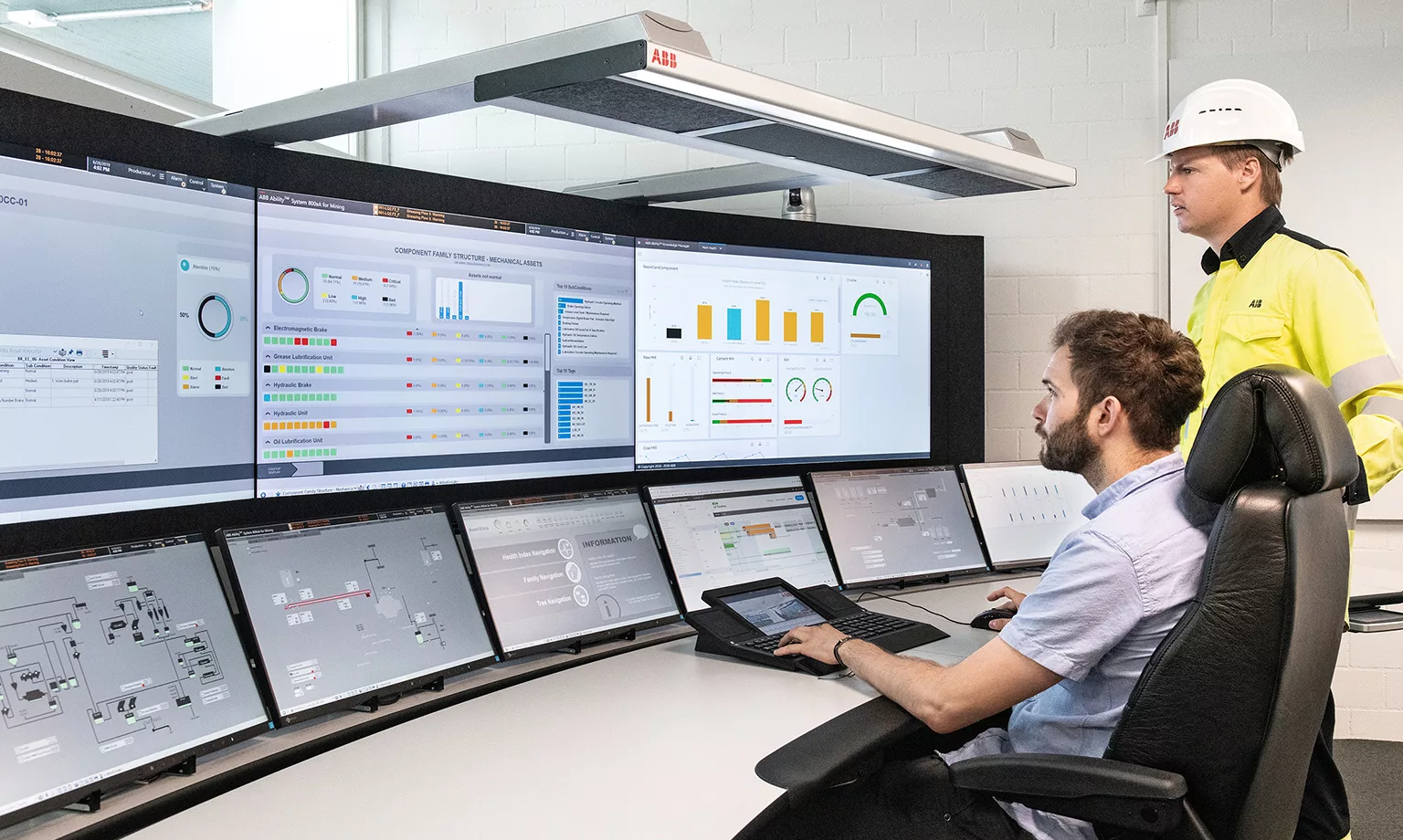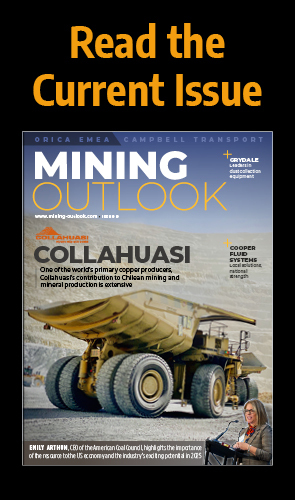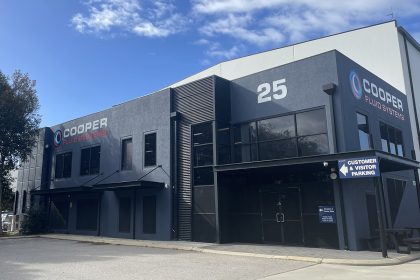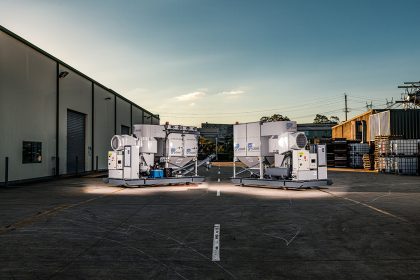While data is critical to optimising and streamlining operations, it presents both a problem and a solution. Sanjit Shewale, Global Business Line Manager of Digital at ABB Process Industries, addresses the complexity of the situation within the mining industry.
Meaningful and wide-ranging data plays a pivotal role in connecting workforces, enhancing health and safety, and leveraging applications, for example, to maintain efficient asset performance management. Without a unified and cross-functional approach to data through digitalisation, however, companies struggle to connect different assets, sources of data, and legacy equipment from various suppliers and face the challenge of working with multiple interfaces.
ASSESSING DATA RISKS
Without a cohesive stance on connecting data through digitalisation, poorly managed data can become a roadblock to impactful change management, a key concern in an industry such as mining, which is under pressure to evolve constantly. This isn’t merely a threat created when companies use data without an overarching strategy. Increased connectivity through operational technology, alongside the sharp rise in workers using remote connections, is creating significant concerns among mining companies about the cybersecurity risks that their data could create.
While too much data is one challenge for mining companies, a lack of data is another. Companies may invest in a complex new system but only realise at the implementation stage that they need specific data to make it effective and lack any way of locating it. Progress in modelling and implementing solutions can also be stalled by a lack of historical data, with companies waiting months to start collecting it.
THE IMPORTANCE OF TAKING A UNIFIED APPROACH
While the challenges associated with data can be wide-ranging and, at times, admittedly overwhelming, a strategic approach to digitalisation can be the step change that mining companies need to overcome. So, too, can ‘starting small’ with a modular or even a pilot approach to building confidence and capabilities in larger-scale digitalisation projects.
By applying an integrated solution to manage data, businesses can remove the guesswork from benchmarking and standardise their operations. Small but smart steps have the potential to yield critical advantages.
This can support changes such as enabling active communication between mining operations or allowing companies to harness data in mining vehicles using sensors to help predict and prevent potential vehicle failure – an advantage both for operational management and safety. Meaningful digitalisation in this context involves fully understanding assets and associated data, whether it’s trucks or gearless mill drives.
By taking a unified approach through digitalisation, mining companies can map out their data flow more comprehensively and gain a breadth of visibility they probably haven’t achieved before. In our work with companies, we spend time with different departments and connect all the data between them. This process often proves surprising to the client in terms of what it yields – for example, the insight that different departments lack oversight of the type of data used by each other. A shift in organisational mindset and culture can drive success in digitalising data and, in turn, continue to evolve through the insights gained.
OPTIMISING GRANNY SMITH
By applying a more cohesive strategy to data through digitalisation, mining companies can consistently drive business progress, as shown in our work with the Granny Smith Gold Mine for the global gold miner, Gold Fields.
Implementing and integrating a digital fleet management system to support the latest Industry 4.0 interoperability standards has enabled more efficient and profitable gold extraction from a mine that has been in operation in Australia since 2005. Applying ABB’s digital fleet management system, underpinned by the ABB Ability Operations Management System, has provided unprecedented visibility and insight. It has also helped to support a cleaner environment, as equipment and activities are organised into a seamless workflow.
Sensors applied to machinery at the Granny Smith Gold Mine constantly monitor and transmit the location and operational status of critical equipment and personnel. Employees can now receive documents and work orders via computer tablets and easily report on the completion of tasks or interruptions to the schedule. This real-time data enables their operations and fleet management systems to maximise equipment utilisation and orchestrate the workforce to progress more seamlessly from task to task, adapting to events as they occur. Once embedded in mine procedures, this fully interoperable system will allow Gold Fields to manage operations at the Granny Smith Gold Mine in real time from a centralised control room.
HARNESSING DATA’S POTENTIAL
Achieving measurable progress in challenging, complex, and hazardous environments is about more than merely having access to greater and greater volumes of data. The key is how that data is integrated and managed, collated, contextualised, and analysed to produce tangible, actionable insights. An effective, real-world-driven approach to digitalisation empowers companies to address the many challenges presented by data, transforming it from a challenge into an asset.





























